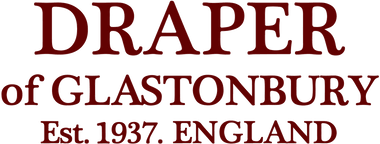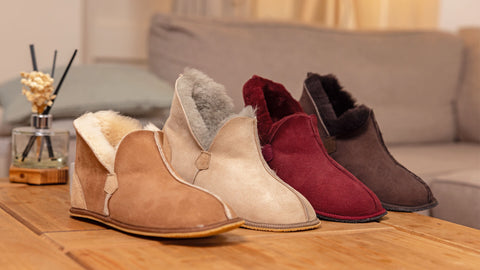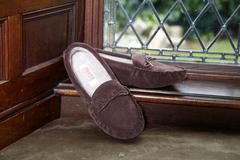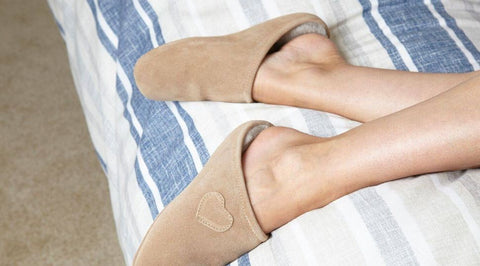Shearling slippers are a highly preferred footwear option for all individuals searching for stylish and comfortable footwear. Made with top-notch quality materials, they offer a warm and cozy fit, making them perfect for winter. But have you ever wondered where shearling comes from?
In this definitive blog, we will discuss the journey of shearling and how the transformation of this material is done to convert it into beautiful shearling slippers. So, let's start with our discussion:
What is Shearling?
Shearling refers to a type of material that is derived from the skin of a lamb or sheep. The tanning of the material is done with the wool still attached. It results in the creation of a fluffy and soft lining which makes it highly comfortable and warm.
Due to this reason, it is employed for the manufacturing of a distinct range of products. It includes moccasins, boots, jackets, gloves, etc. Now, let's move on to talking about the origin of shearling.
Where Does Shearling Come From?
Shearling comes from lambs and sheep raised for wool and meat production. The sheepskin is a byproduct of the meat industry, which is meticulously processed to create shearling.
The journey of shearling typically starts with choosing the best quality of sheepskins, which are then used to create the finest products, from footwear to clothing to accessories.
While sheepskin can come from any part of the world, a few well-known regions are known for producing top-quality shearling.
• Europe
Europe is a leading shearling producer. Countries such as Italy and Spain are well known for their excellent quality hides. Often, European sheepskin is employed for the manufacturing of handmade shearling slippers.
• New Zealand
New Zealand is another country well known for producing the finest sheepskin in the world. Their shearlings are highly popular for their durability, softness, and insulating properties, making them ideal for manufacturing shearlings.
• Australia
Australia produces the best quality sheepskin. Their sheepskin is highly sought after for its natural breathability and warmth, making it the best for creating footwear products.

Critical Steps Involved in the Formation of Shearling from Sheepskin
• Choosing the Best Quality Sheepskins
The first and most crucial step of creating shearling involves choosing high-quality sheepskin. Best sheepskins come from sheep raised in cold weather, such as in Europe, New Zealand, etc. These sheep are known for their thicker wool, softer texture, and better insulation.
• Processing of the Sheepskin
After the sheepskins are chosen, they are processed well to eradicate any impurities, preparing them for tanning. It involves removing fat and flesh from the skin and washing and adequately drying the wool.
• Tanning the Sheepskin
The subsequent step in the process involves the tanning of the sheepskin. It involves soaking the skin in salt, water, and chemicals. Carrying out this process will help eliminate any remaining impurities. It is also a great way to preserve the skin. After that, tanning of the skin is done with tannins which facilitates the creation of sturdy material.
• Removing the Wool
As a part of the next step, the wool is removed from the skin after tanning has been done on it. This process is done by shearing the wool off the skin, leaving a layer of wool affixed to the skin. The fluffy and soft texture of shearling comes from this layer of wool.
• Trimming and Finishing
Finally, the shearling is meticulously trimmed and finished to create an even and smooth texture. The shearling is ready to create a distinct range of products, like moccasins.
In a Nutshell
As you have now reached the end portion of this detailed guide, we are sure all your doubts concerning the origination of sheepskin are clear. All in all, shearling is a high-quality material heavily used to manufacture the best and most extremely comfortable footwear options.








